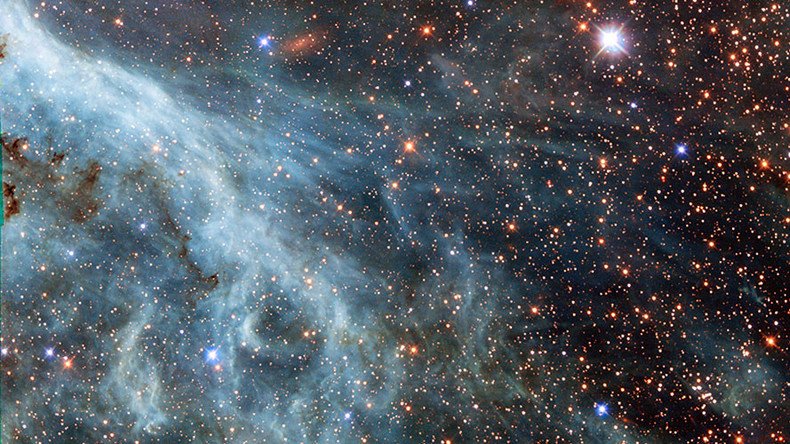Earth’s 1st interstellar explorers have been chosen, and they’re tiny

The Starlight program has selected both tardigrades and a species of roundworm as the Earth’s first interstellar voyagers who will cross the solar system at relativistic speeds on a laser-powered craft.
"It will not be easy," said Philip Lubin, head of the Starlight program at the University of California, Santa Barbara (UCSB), as cited by Space.com. "There are many difficult technical issues. It will not be cheap. But it is possible."
"We are developing the capability to test whether terrestrial life as we know it can exist in interstellar space by preparing small life-forms … C. elegans and radiation-resistant tardigrades … which are ideal candidates to be our first interstellar travelers," Lubin added.

Lubin, with support from NASA and in conjunction with his colleagues and students, founded the Starlight program, also known as DEEP IN (Directed Energy Propulsion for Interstellar Exploration) as part of NASA’s far-reaching plan for space travel, also known as DEIS (Directed Energy Interstellar Studies).
The project aims to use lasers to propel tiny spacecraft at close to relativistic speeds, roughly a quarter the speed of light, in the hopes of launching the first terrestrial interstellar mission, even if humans don't actually get to ride along. Once such speeds are reached, the microscopic team of nematodes and tardigrades could theoretically reach our closest interstellar neighbor in roughly 20 years. For context, Earth's farthest traveller is Voyager 1 which has taken almost 40 years to reach the edge of our solar system, let alone make it to the next.
Both the nematodes and tardigrades (also known as water bears, moss piglets or space bears) are capable of enduring extraordinary physical hardship which makes them uniquely qualified for such a high-stakes mission. Both creatures have been shown to survive in: extreme temperature environments (tardigrades can be frozen for years at a time and reanimated with little to no lasting damage), the vacuum of space, high acceleration (tens of thousands of g-forces) while also withstanding high doses of radiation, a critical strength for any organic life to survive space travel. Tardigrades in particular are so tough that some scientists think they'll live on even after the end of life on Earth.
"Besides being microscopic, and thus conveniently fitting on our first interstellar wafer craft, they can be frozen and put into a state of anhydrobiosis, meaning they can be dehydrated and put into suspended animation," the team wrote on the project website. "When they are re-hydrated, they wake up as good as new!"
"Clearly, there are many technical challenges. This is a long-term humanity-changing program," Lubin said. "The biggest challenge is that NASA, the U.S. government, does not plan 30 to 50 years ahead in space. Perhaps a public/private alliance is needed. Similarly, what may be required is a new division of NASA or new agency whose mandate is interstellar flight."
Scientists plan to study the creatures periodically throughout the journey to determine how viable interstellar travel is for biological Earth-based organisms.














